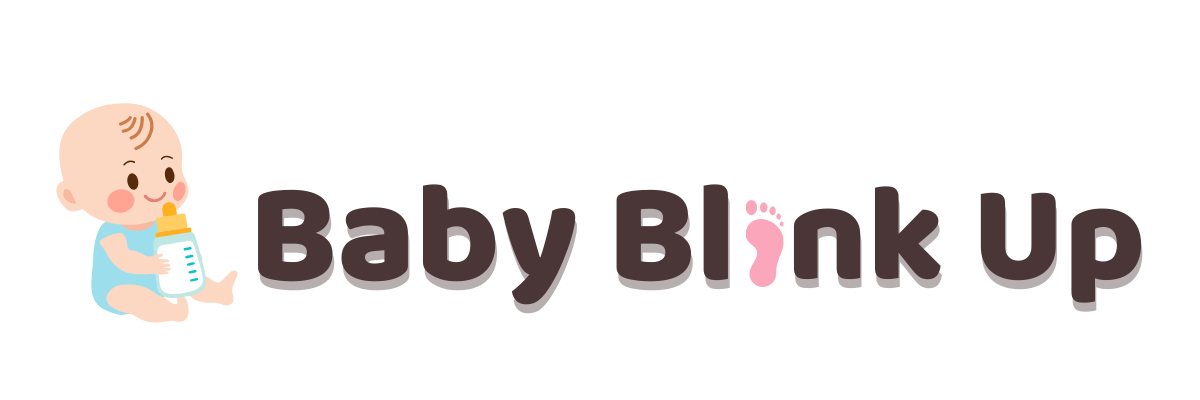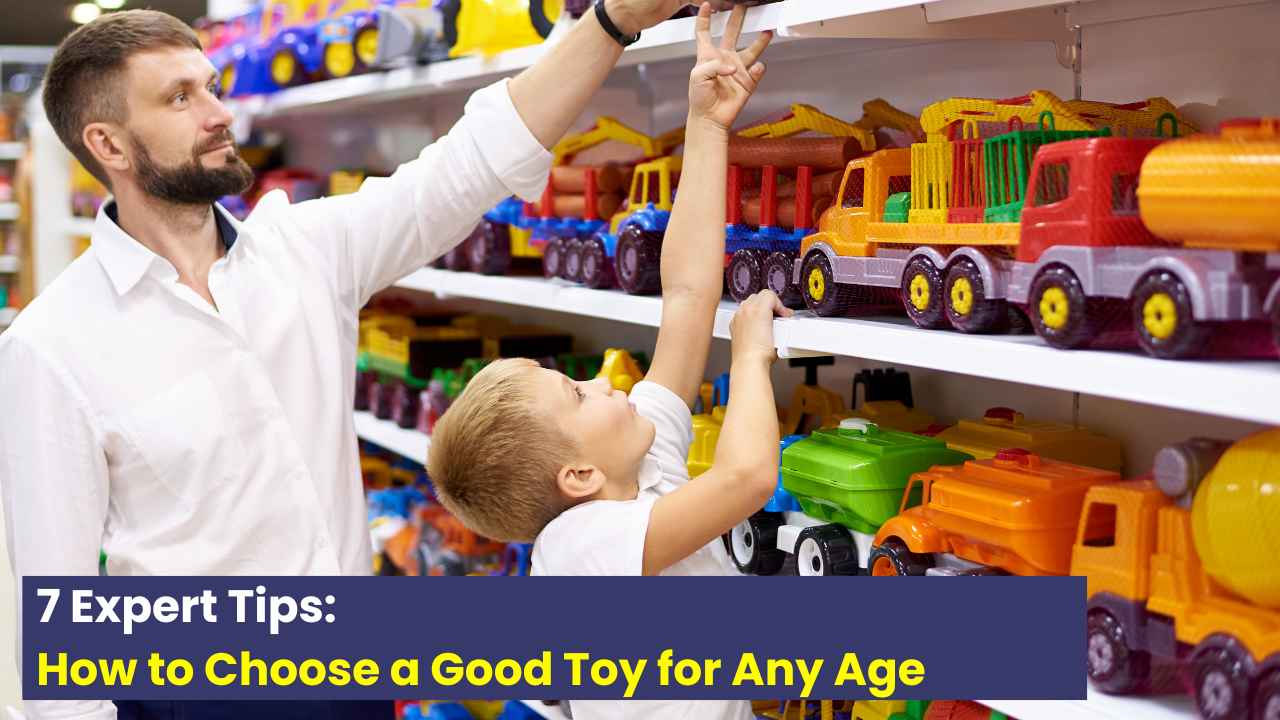Choosing the right toy for a child can be challenging. With countless options available, finding a toy that is both fun and developmentally appropriate is crucial. How to choose a good toy for any age is an essential skill for parents, caregivers, and gift-givers who want to ensure that children receive toys that are safe, engaging, and beneficial for their growth.
Toys play a vital role in a child’s cognitive, physical, and social development. However, selecting the wrong toy can lead to disinterest, frustration, or even safety hazards. In this guide, we’ll explore seven expert tips to help you make an informed decision when picking a toy for any age group. Whether you’re shopping for a newborn, a toddler, or an older child, these insights will ensure that your choice is both thoughtful and beneficial.
How to Choose a Good Toy for Any Age
The Benefits of Choosing a Good Toy
Selecting the right toy provides multiple advantages for a child’s development. Below is a table outlining key benefits:
| Benefit | Description |
|---|---|
| Cognitive Development | Enhances problem-solving skills, memory, and critical thinking. |
| Motor Skills Improvement | Encourages fine and gross motor development through hands-on play. |
| Social & Emotional Growth | Helps children develop communication skills, teamwork, and empathy. |
| Creativity & Imagination | Inspires storytelling, role-playing, and artistic expression. |
| Language & Literacy Skills | Improves vocabulary and comprehension through books and interactive play. |
| Physical Activity | Promotes exercise and coordination through sports and active play toys. |
| Long-Term Engagement | Keeps children interested, helping them learn through play over time. |
By investing in high-quality, age-appropriate toys, you contribute to a child’s overall development, ensuring they gain valuable skills while having fun.
7 Steps to Choose Good Toys

1. Consider the Child’s Age and Developmental Stage
Age-appropriate toys enhance a child’s learning and growth. Manufacturers provide age recommendations on toy packaging, but it’s essential to go beyond the label and consider the child’s unique abilities.
Age-Based Toy Recommendations:
- 0-12 Months: Soft toys, teething rings, and high-contrast books to stimulate sensory development.
- 1-3 Years: Stacking toys, push-and-pull toys, and shape sorters to encourage motor skills and problem-solving.
- 3-5 Years: Pretend play sets, puzzles, and simple board games for imaginative play and cognitive development.
- 6-8 Years: Construction sets, STEM kits, and interactive books to build critical thinking and creativity.
- 9+ Years: Art supplies, strategy games, and sports equipment to foster creativity, logic, and physical activity.
2. Prioritize Safety and Durability
Safety should be the top priority when selecting toys. Here’s what to look for:
- Non-Toxic Materials: Ensure the toy is free from harmful chemicals like BPA, phthalates, and lead.
- No Small Parts for Young Children: Avoid choking hazards by selecting toys with larger components for kids under three.
- Sturdy Construction: Choose well-made toys that can withstand rough play without breaking into sharp pieces.
- Compliance with Safety Standards: Look for certifications like ASTM (American Society for Testing and Materials) or EN71 (European Safety Standards).
3. opt for Toys that Encourage Learning and Creativity
Educational toys provide long-term benefits by stimulating a child’s brain and creativity. Some great options include:
- STEM Toys: Science kits, coding games, and building blocks.
- Art and Craft Supplies: Coloring kits, DIY projects, and modeling clay.
- Musical Instruments: Toy pianos, xylophones, and drum sets to develop auditory skills.
- Interactive Books: Books with textures, sounds, or storytelling elements to promote literacy skills.
4. Choose Open-Ended Toys for Versatile Play
Open-ended toys allow children to use their imagination and play in multiple ways. These include:
- Building Blocks & LEGO Sets: Encourage engineering and problem-solving skills.
- Dolls & Action Figures: Help with role-playing and emotional expression.
- Play Dough & Modeling Clay: Enhance creativity and fine motor skills.
- Magnetic Tiles & Wooden Blocks: Inspire architectural thinking and spatial awareness.
5. Balance Fun and Educational Value
The best toys combine entertainment with learning. Here’s how you can ensure this balance:
- Engagement Factor: The toy should be enjoyable and hold a child’s attention.
- Skill Development: Check if the toy helps build cognitive, motor, or social skills.
- Adaptability: A good toy should grow with the child, offering new challenges over time.
6. Look for Toys that Promote Social Interaction
Social development is crucial in a child’s growth. Toys that encourage group play help children build communication, teamwork, and empathy. Some examples include:
- Board Games: Help kids learn turn-taking and strategic thinking.
- Sports Equipment: Encourage teamwork and physical activity.
- Role-Playing Sets: Kitchen sets, doctor kits, or dress-up clothes for interactive play.
- Multi-Player STEM Kits: Coding games or robotics that can be played with friends.
7. Consider the Child’s Interests and Preferences
A toy should align with the child’s interests to ensure engagement. If a child enjoys:
- Animals: opt for plush toys, animal figurines, or pet care playsets.
- Vehicles: Cars, trains, or remote-control toys.
- Fantasy & Adventure: Superhero figures, magic kits, or castle-building sets.
- Science & Exploration: Telescopes, microscope kits, or nature exploration sets.
10 Best Educational Toys For Kids In 2025
What to Avoid When Choosing Toys and Why
Selecting the right toy also means knowing which types to avoid. Some toys can be unsafe, overstimulating, or simply unsuitable for a child’s developmental needs. The table below highlights common toy pitfalls and the reasons to avoid them:
| Toy Type | Why to Avoid |
|---|---|
| Small Parts for Young Children | Poses a choking hazard for kids under three. |
| Toys with Sharp Edges | Can cause injuries, especially for younger children. |
| Loud and Overstimulating Toys | May lead to sensory overload or hearing damage. |
| Toys with Strong Magnets | Swallowing magnets can cause serious internal injuries. |
| Cheap, Non-Durable Toys | Easily breakable, leading to potential hazards. |
| Toys with Toxic Materials | Exposure to harmful chemicals can affect a child’s health. |
| Highly Gender-Stereotyped Toys | Can limit a child’s interests and development. |
| Battery-Operated Toys Without Supervision | Risk of battery leakage or ingestion. |
Being mindful of these risks will help you make safer and smarter toy choices for children of any age.
Also Read: 11 Easy Tips to Help Your Child Learn Faster and Think Smarter
Conclusion
Selecting the perfect toy requires thoughtful consideration of age, safety, educational value, and personal preferences. By following these 7 expert tips, you can confidently choose a toy that fosters a child’s development and brings joy to their playtime. How to choose a good toy for any age isn’t just about picking something trendy—it’s about selecting a toy that enriches a child’s growth and imagination.
FAQs
1. What is the best type of toy for a toddler?
The best toys for toddlers include stacking rings, shape sorters, and push-and-pull toys that aid motor skills and hand-eye coordination.
2. How do I know if a toy is safe for my child?
Check for age recommendations, ensure there are no small parts, opt for non-toxic materials, and verify safety certifications like ASTM or EN71.
3. Are electronic toys beneficial for children?
Electronic toys can be educational if used in moderation. Look for interactive options that teach numbers, letters, or problem-solving skills.
4. How do I choose a toy that grows with my child?
opt for open-ended toys like LEGO, puzzles, or board games that offer different levels of complexity as the child ages.
5. What are some good gender-neutral toy options?
STEM kits, building blocks, puzzles, art supplies, and pretend-play sets are excellent gender-neutral toys that promote creativity and learning.




